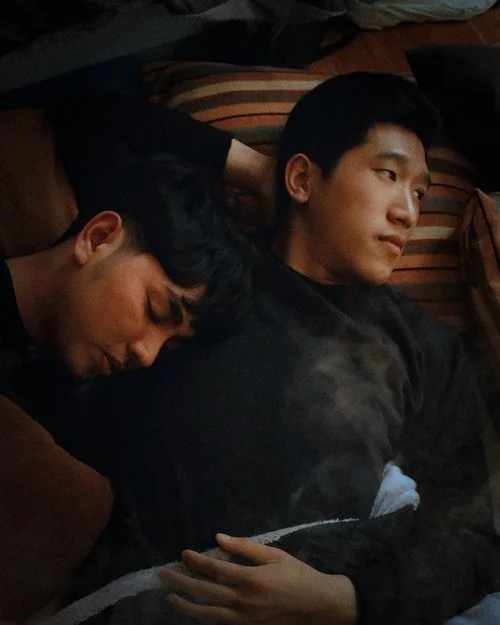How to Give Your Partner Space
A common question in relationships is “how much space should I give my partner?” It’s tricky to navigate this at times, especially if you are in an anxious-avoidant relationship dynamic. Your partner indicates they want space, but you want to know *exactly* what that means. This desire is completely understandable—we know that for folks with the anxious attachment adaptation, that space can feel excruciating at times. And of course, you want to do it well and be respectful of your partner’s needs.
Let’s discuss some guidelines for providing space in your relationship. As always, I want to be clear that this will not work for every relationship but can serve as a framework that you can apply to your partnership. It will take some experimenting to find the right approach in your relationship, so please be patient with yourself and your partner as you navigate this together.
Have a conversation while you are both calm about how you will navigate this when it comes up. What is space? Does that mean no contact for a while, or just not seeing each other in person? How much space? How long? I encourage you to agree on a time so that it’s clear going into any time you spend apart that you will reconnect.
Notice if your conversation about space is challenging for yourself or your partner. Is there anything you might do together to reduce the pressure or stress of the experience? What is it about this conversation that is creating stress? This dialogue will probably go better if you are aware of your own and your partner’s attachment style so you can be clear when your emotional activation arises.
Commit to the plan you create and to yourself. You may want to call, text, or check in but do not do it! You may just want to say hi or you love them or you are so glad you are in a place in your relationship where you are able to give space but take a breath and do something else. Even with the best of intentions, these actions could damage the integrity of your agreement if you do not follow through in the way you said you would.
Create accountability for yourself. Who can you reach out to when you feel the desire to reach out to your partner? Remember, human connection is a need—our brains are wired for connection. You may feel uncomfortable about giving your partner space, but this does not mean that you can’t have any connection at all! Make a plan for who in your life will help you meet those needs without triggering further distress. Not everyone is a good person to reach out to in these moments—for example, someone who you tend to have an anxious-avoidant type of relationship with will probably make you want to reach out to your partner even more.
Get underneath the meaning of “space” in your relationship, especially if you have the anxious attachment adaptation. What have you learned about taking space? Space can feel really scary depending on your past experiences. If you are someone who grew up with the silent treatment as a “punishment” or discipline method, you probably understand the stress that space or disconnect can create in relationships. By having a conversation about space when both partners are relaxed, we are working to rewire your early life experiences and reorient you toward a sense of partnership and connection that is not rooted in punishment or not having your needs met. We can learn how to feel more empowered in our adult relationships than we were in our childhood families.
People with the anxious attachment style have learned that in order to have our needs met, we need to develop a sense of control in our relationships. If we aren’t “on”, available, and aware of everything at all times, we lose opportunities to feel seen or met. This approach takes a whole lot of energy and eventually burns us out, creates resentment, and usually backfires because the last thing someone with the avoidant style wants (or really, anyone we are in relationship with) is to feel controlled.
I do want to mention that partners with the avoidant attachment style will sometimes use a request for space to create a sense of safety for themselves in the relationship. This is called a deactivating strategy—the person with the avoidant style denies how anxious or concerned they feel internally by mentally working through a relationship challenge via physical and emotional distancing. As upsetting as it can be for an avoidant partner to continue to request space, denying this request is unlikely to create a deeper connection in the partnership. If you find yourself needing to give your partner space all the time, it is worth having a conversation about the anxious-avoidant relationship dynamic and how it may be playing a role in your partnership. There are many avenues for support in relationships and as tricky as this dynamic may feel, we don’t have to stay stuck.
I would love to hear how this framework lands for you. Does it feel accessible? Do you feel like you can try some of these things in your relationship soon? Let me know how it’s going in the comments or feel free to email me!
Thank you so much for reading.
Warmly,
Elizabeth

